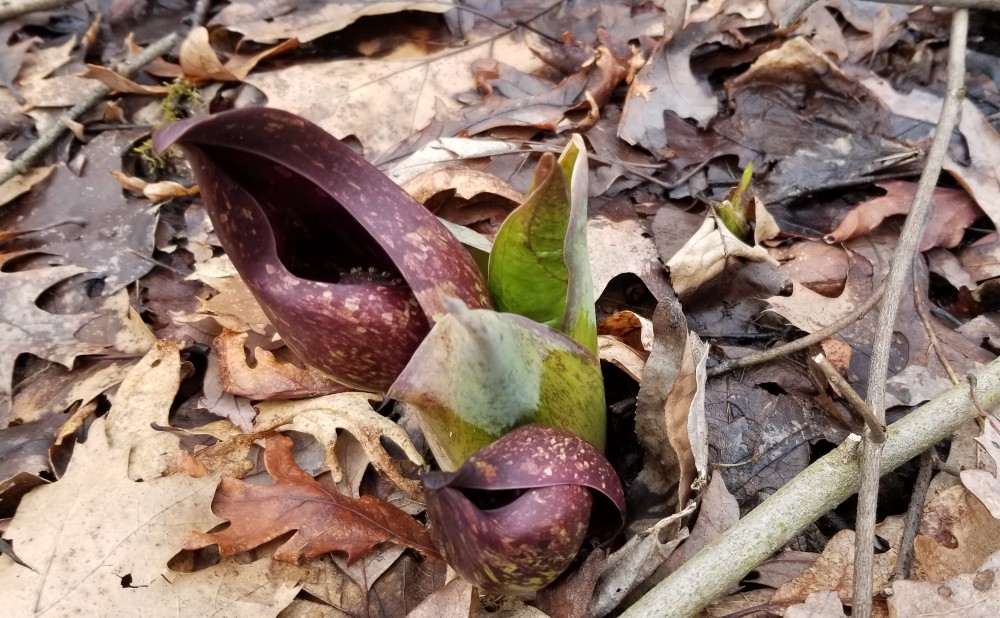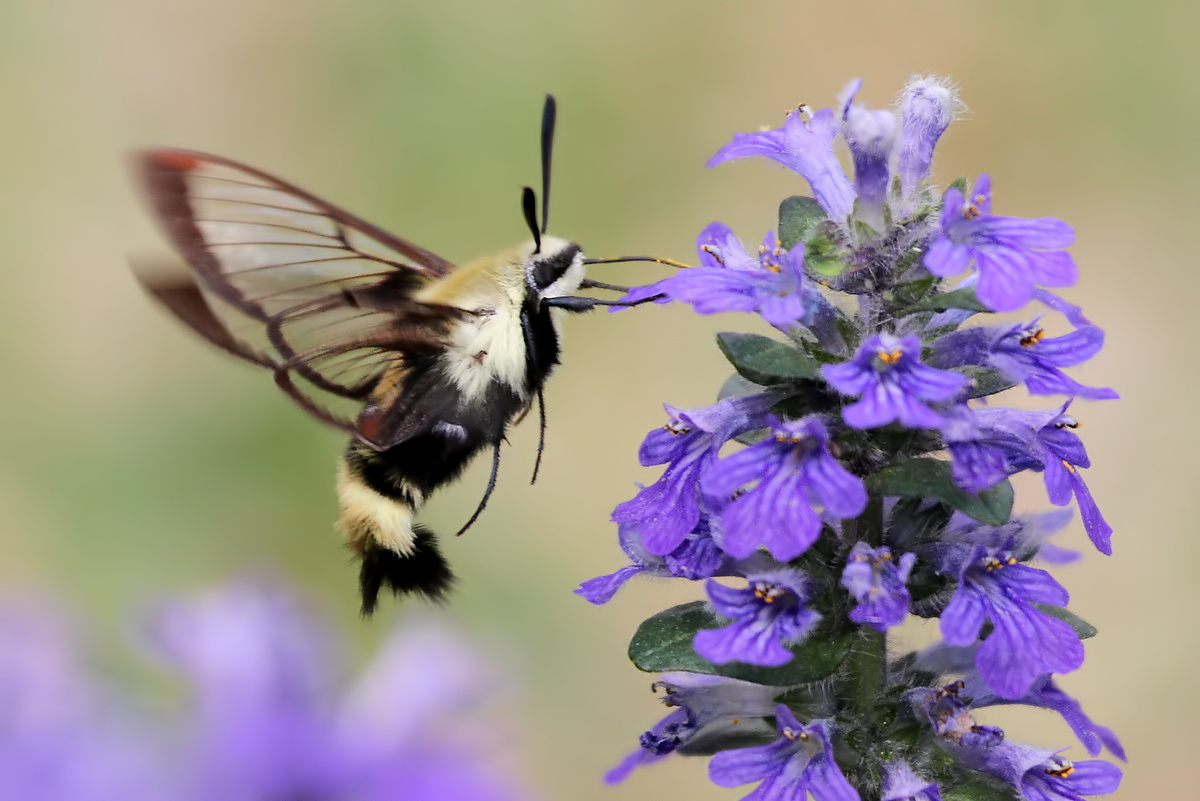Spring is a few weeks away and with it comes an array of wildflowers so sweet that our winter blues melt away. We look forward to a rainbow of hues bursting from the ground, a magical show that the woods are waking up.
Spring is a few weeks away and with it comes an array of wildflowers so sweet that our winter blues melt away. We look forward to a rainbow of hues bursting from the ground, a magical show that the woods are waking up.
There is one woodland wildflower that is already making its annual debut with striking colors woven into an upwards spiral. It may lack a certain delicateness. Searching for it will lead to muddy shoes. And, it does smell like death. But Skunk Cabbage (Symplocarpus foetidus) is a poster-worthy star as the first wildflower of the season.
There is a reason why Skunk Cabbage is generally the first to poke its head out of the soil–it can bloom when there is still ice and snow on the ground. This plant is one of few that can generate its own heat in a process called thermogenesis. Skunk cabbage soaks in oxygen, which reacts with starch in the roots to break apart molecular bonds. This breaking apart releases energy in the form of heat. On average, it can be 20 degrees warmer inside of the bud than the surrounding air temperature for nearly two weeks.
Peeking out of the ground, you will first see what looks like a hood with a narrow opening on the side that tapers to a point. This outer part of the flower is called the spathe. It may be solid deep maroon or streaked with yellow or green. The spathe never opens completely, protecting the many small flowers on the plant part inside of the hood, the spadix.
If the flowers are never fully open to the air, how can Skunk Cabbage pollinate? They reek. As the name suggests, this plant emits a skunk-like odor that we find repulsive. But the putrid smell lures carrion-eating pollinators like flies, gnats, and beetles that are attracted to the scent of rotting meat. The plant’s smell travels easily because it is carried on the warm air that constantly rises from inside the bud.
They are also visited by the more charismatic pollinators like bees especially on cold days when the plant is warmer than the surrounding air.
Later in the year, Skunk Cabbage has broad layered leaves that look much like, you guessed it, cabbage. This plant loses its leaves annually, but can live up to 20 years
For what starts out as a small hooded flower, Skunk Cabbage has a massive root system. A few inches below the surface, thick roots grow in all directions. These are contractile roots, which mean they pull the plant vertically deeper into the soil each year. The fibrous roots store the nutrients needed for thermogenesis.
Skunk Cabbage may look like something out of science fiction, not your first thought when imagining woodland wildflowers. However, should you start your spring wanderings in the wet forests which blanket east central Indiana, look (or smell) for the bizarre, yet beautiful, buds.
Kelley V. Phillips is the Communications & Outreach Manager for Red-tail Land Conservancy. She strives to cultivate wonder in nature and action to protect it.
Photo by Peter Albrecht




